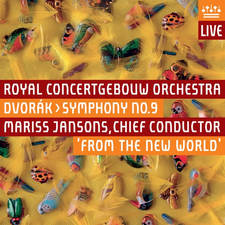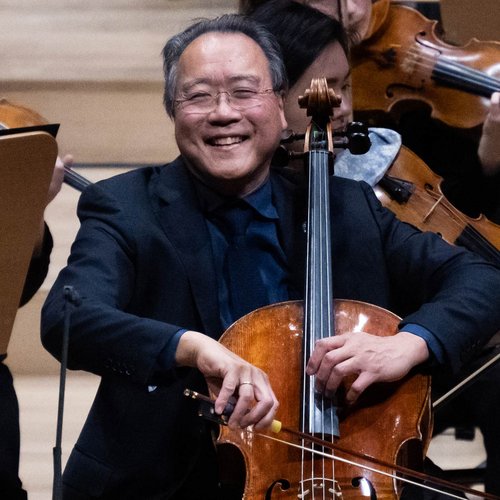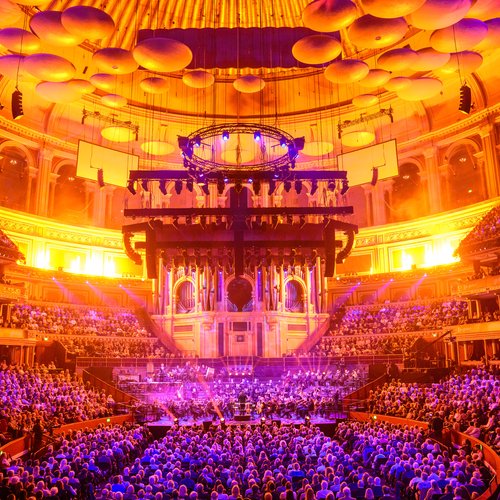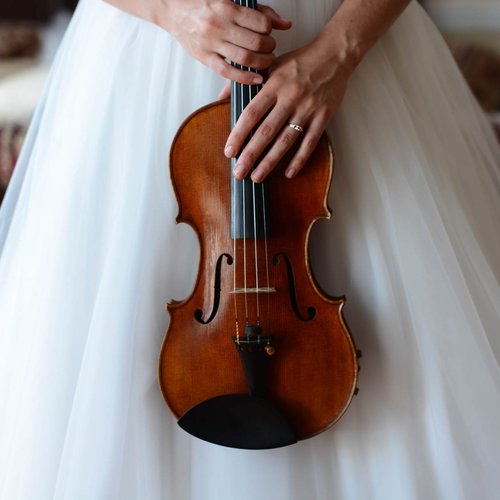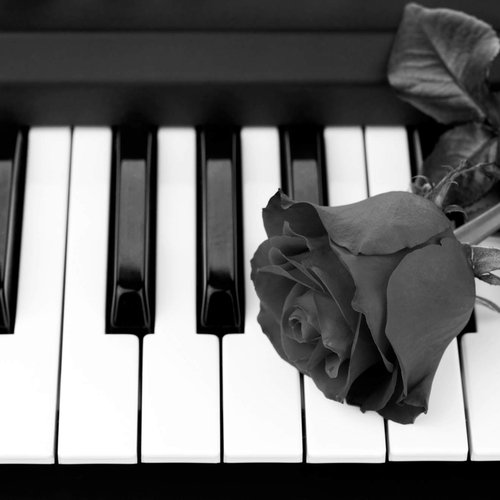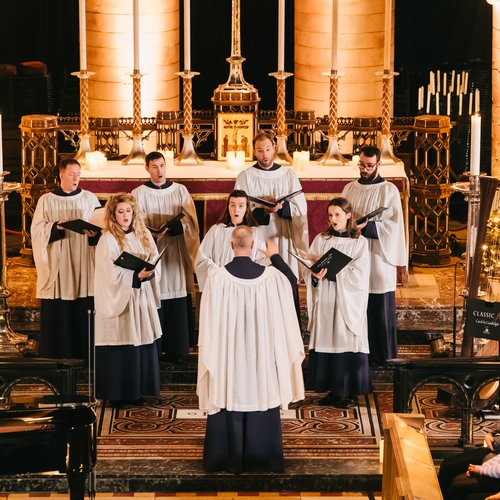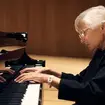Your questions answered: everything YOU ever wanted to know about classical music
20 February 2015, 14:27 | Updated: 6 January 2017, 14:45
Do you have something you always wanted to know about classical music? Tweet Catherine Bott your questions to @ClassicFM and she'll answer them for you here.
@ClassicFM @CatherineJBott years ago classical music was extremely rare in working class society. Is this still true about Classical music?
— Johnny George Meere (@Fatjohnnies) March 8, 2015
Catherine: What a thought-provoking question. Once upon a time, poor people didn't have as much access to classical music as rich people. They simply couldn't get into the salons and private concerts where it was performed. The democratisation of music was helped, in this country at any rate, by such things as mass-produced pianos, the development of recording, and above all, aspirational adult educational endeavours like The Old Vic and Morley College for Londoners, and the nationwide Workers' Educational Association, founded in 1903. Now, in 2015, when technology gives us all free access to more kinds of music than anyone has ever had before, it's a shame that classical music might be seen by some as for toffs only. Not true! There's something new to discover on Classic FM every day – music for everybody.
charlotte@chazzz-xx: Why is a symphony orchestra called a symphony orchestra when it doesn’t just play symphonies?
Charlotte – so sorry you missed a recent programme about this subject – here’s a brief summary of those key words symphony, philharmonic and orchestra. The word orchestra comes from ancient Greek, where it meant simply the part of the theatrical stage where the chorus and the musicians did their stuff. One really evocative translation is “dancing place” – well, orchestral musicians do dance, with their instruments.
Symphony originates in another ancient language – Latin, where it means “instruments (or voices) in harmony”. Philharmonic – back to Greek again, where it means “devoted to music”. A classical symphony is an extended work for orchestra. A modern symphony/philharmonic orchestra is a large group of musicians, playing strings, woodwind, brass and percussion and directed by a conductor. Nothing to do with the pieces it plays and no difference in quality!
Struggling to figure out why Isolde's Leibestod shares Wotan's love motif if its not part of the Ring Cycle.. Maybe @ClassicFM will know?
— Daniel Clark (@IDanClarkI) March 24, 2015
Catherine: My helpful Isolde/Brunnhilde referred me to a Wagner expert who says that Wotan doesn't have a love motif, all he's interested in is power. But the Valhalla motif becomes more and more associated with Wotan as the Ring Cycle progresses. That's the wonder of Wagner – his music stirs up so many connections, even if only by implication. And it's interesting to note that he didn't write the four Ring operas one after another; after the first two he took a break and composed Tristan and The Mastersingers of Nuremberg."
@ClassicFM @CatherineJBott Do we need another concert hall in London?
— Adrian Bawtree (@AdrianBawtree) February 22, 2015
Catherine: To be frank, I'm not sure that we really do - great performances are about so much more than perfect acoustics. OK, the Barbican and the Royal Festival Hall aren't absolutely ideal, but I've sung and attended concerts in both and what counts, as a performer or as a listener, is the musical quality of the playing and singing – the magic of a shared experience. And there are practical problems too: Where would it go? How much would it cost now that London is such an expensive place? There's no way a new hall could be ready in time for Simon Rattle's possible return. Personally, I'm looking forward to Classic FM Live at the Royal Albert Hall - imperfect acoustics, but what history and atmosphere!
London's new concert hall: everything we know so far >
David Mellor on new London concert hall: a 'power play by Simon Rattle >
@OperaVivra: What is the most hauntingly beautiful diminuendo ever sung live in opera or on record?
There’s no definitive answer to this one – but a particular favourite of mine is Joan Sutherland’s trill at the end of the aria Caro nome from Verdi’s Rigoletto. OK, the diminuendo (lessening of the sound) is partly caused by her moving away from the microphone to give the effect of a stage exit, but her trill was sublime and the whole effect is exquisite. What’s your favourite? Let me know, @classicfm.com
@ClassicFM @CatherineJBott silly question but why is it called classical music
— The Club Silverstone (@TheClubF1) February 22, 2015
Catherine: This is a complicated one. I've just looked at the opening of Classic FM's excellent book Everything you ever wanted to know about classical music (but were afraid to ask) which quotes some sensible dictionary definitions. But another way of looking at the 'classical' definition is to think about what a 'classic' is: in music, something that stands not only the test of time, but also different interpretations.
@ClassicFM @CatherineJBott For the layperson, what distinguishes Baroque period from Classical era? Some (like Haydn) seem to be in both.
— S.M. MacLean (@OrganicTory) February 15, 2015
Catherine: The Baroque period roughly covers the 150 years between 1600 and 1750 while the Classical period, broadly speaking, runs from 1750 until 1830. During the Baroque period, music was ordered, ornate and became increasingly emotive as the period went on. During the classical period, things became more simplified while musical forces grew. Of course many composers lived through both periods. The music of some, such as C.P.E.Bach, formed an important stylistic bridge between the two eras.
Discover the Baroque Era >
Discover the Classical Era >
@ClassicFM @CatherineJBott I hear the word ornamentation but not sure what it means any easy explanation thanks for another fab show btw
— Martin (@MillerMartin82) February 15, 2015
Catherine: Ornaments are musical flourishes that composers put in as instructions to the performer to add some decoration to a note. So ornaments never carry the melody but rather embellish it. The most common ornament is the trill where the written note rapidly alternates with the one above. A trill can be notated in two ways:
Some great piano trills can be heard here:
alex@alkbarr: Any recommendations for classical music to be played on a church organ for a wedding?
Lots, Alex – there’s a really informative Step by Step Guide to Wedding Music here on the Classic FM website with lots of good organ music ideas. I’ve got a special favourite, which is the Wedding March from Mendelssohn’s incidental music to A Midsummer Night’s Dream. And a top tip – if you want to include that glorious celebratory Toccata by Widor, make sure the organist can really play it. I once went to a wedding where all we got was the chords, not the fabulous twiddly tune in the top part!
